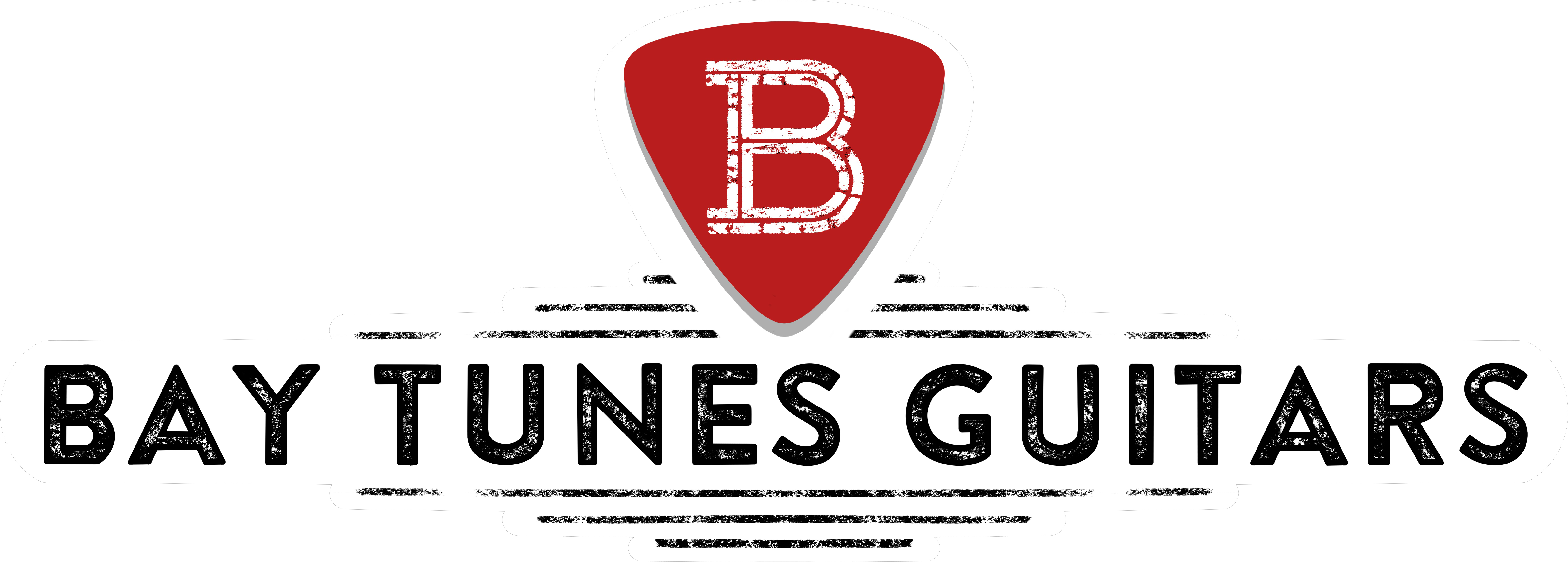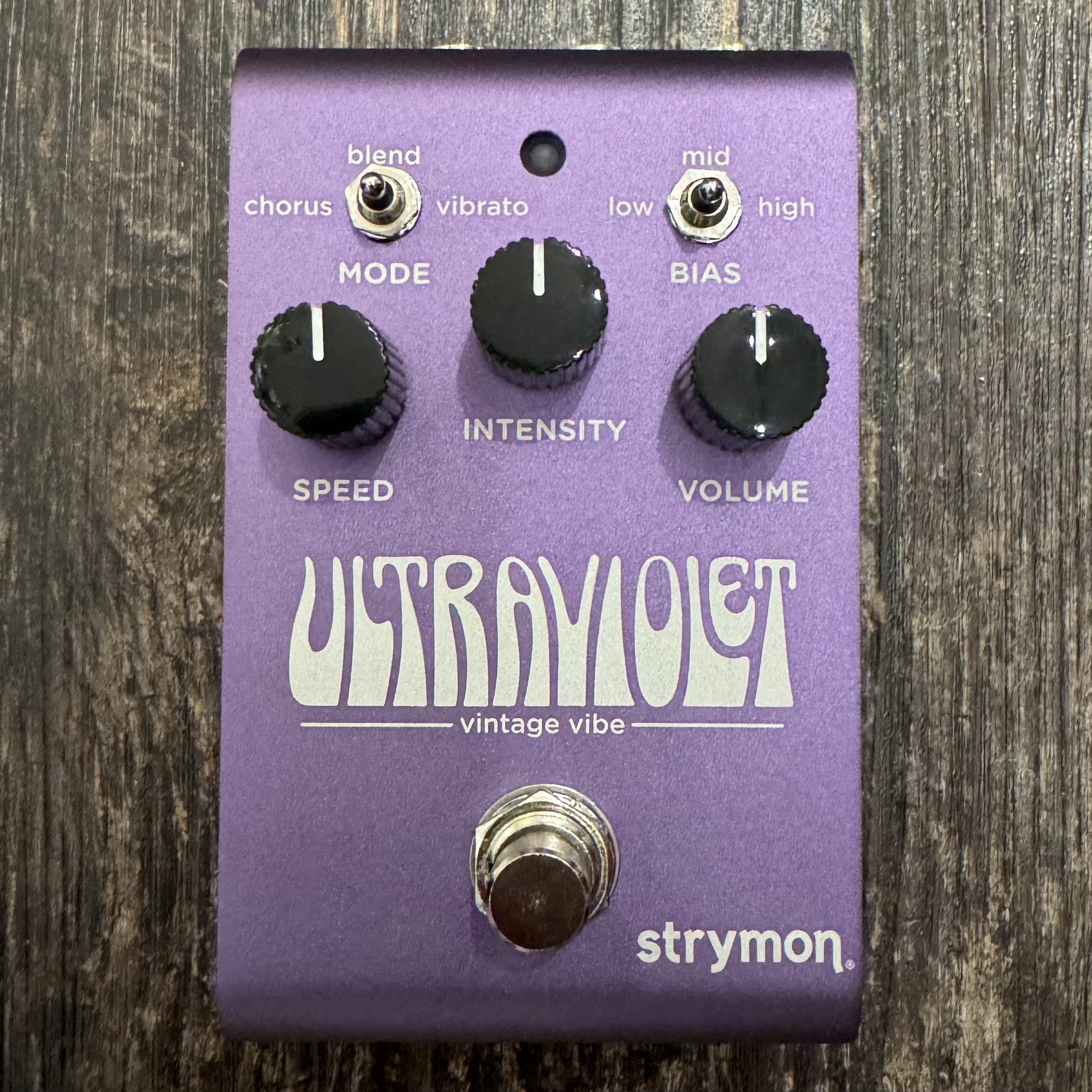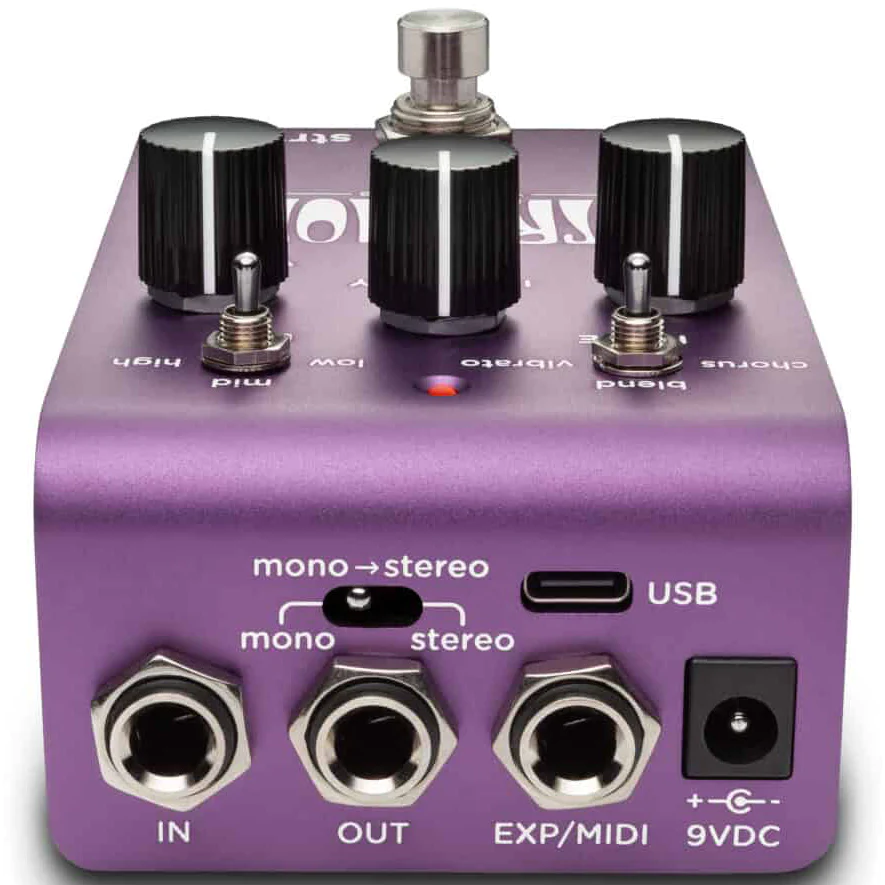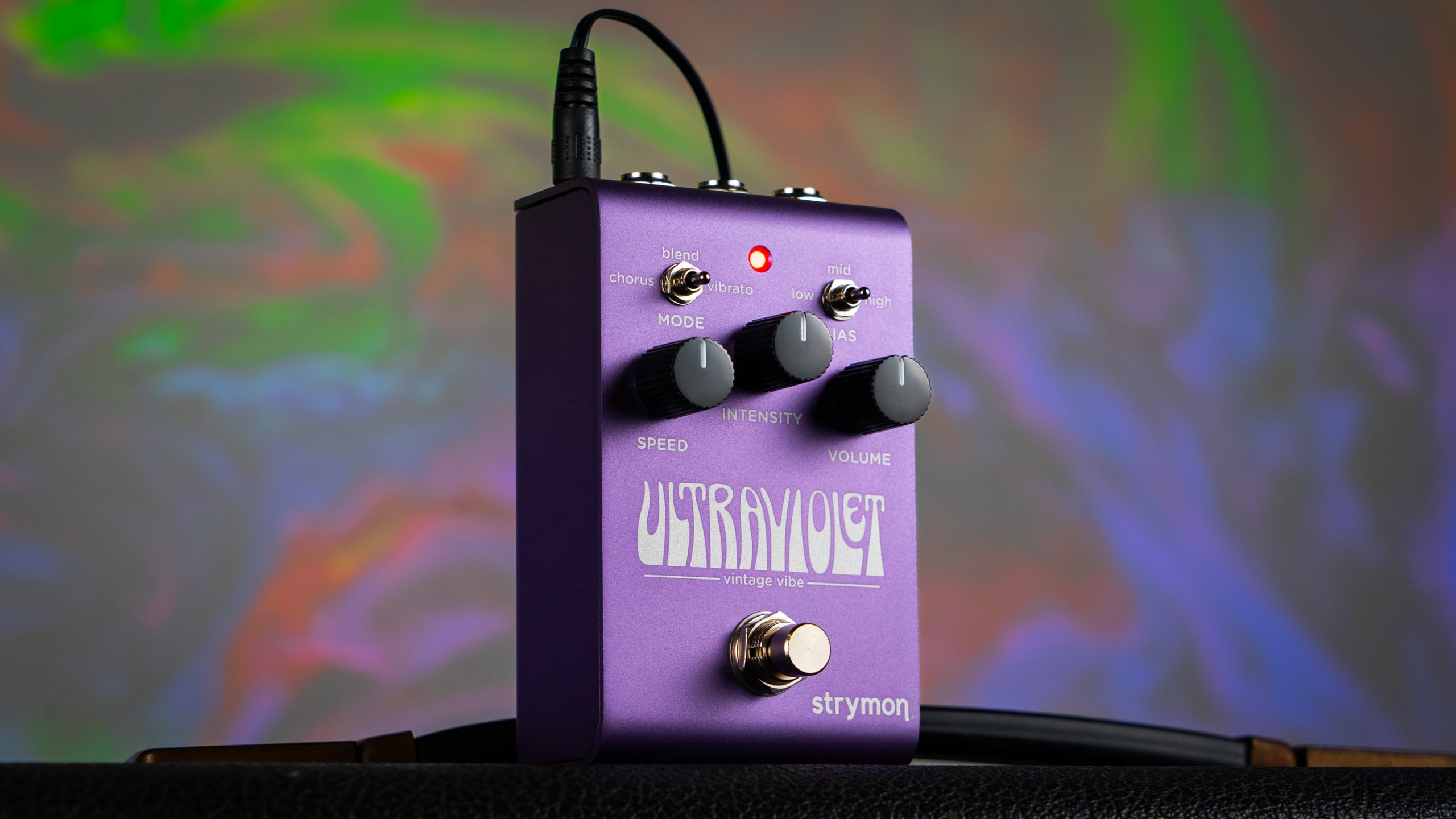Description
- High impedance ultra low-noise discrete Class A JFET TRS stereo input
- Low impedance TRS stereo output
- Expression pedal input allows the connection of a TRS expression pedal, MiniSwitch, MultiSwitch Plus, or TRS MIDI connection
- USB jack for controlling via MIDI from a computer or for performing firmware updates
- Premium JFET analog front end
- Ultra low noise, high performance 24-bit 96kHz A/D and D/A converters provide uncompromising audio quality
- 520MHz ARM Superscalar processor
- 32-bit floating point processing
- 20Hz to 20kHz frequency response
- Audio Input Impedance: 1M Ohm
- Audio Output Impedance: 100 Ohm
- Typical signal to noise ratio: 116dB
- Strong and lightweight anodized aluminum chassis
- Power requirements: maximum 9 volts DC center-negative, with a minimum of 250mA (power supply NOT included)
- Dimensions:
- 4.6” deep x 2.7” wide x 2.5” tall
- 11.7 cm deep x 6.9 cm wide x 6.4 cm tall
- Designed and built in the USA
One aspect of vintage vibe pedals is variation in the way each unit sounds. Even two identical pedals manufactured the same year are likely to sound different from one another, and a single pedal may not sound quite the same year after year.
Some of this variation in vintage circuits can be traced to drift in the setting of an internal bias trimpot, which has a marked impact on the sonic character of the pedal, affecting the shape and timing of the warble as well as frequency emphasis. The thing is, some of these variations can sound pretty great!
So with UltraViolet, we included a Bias switch in order to reliably cover the full range of the best vibe tones. Under the hood, the switch not only changes the bias level, but also optimizes the LFO waveshape for the selected bias to create the most inspiring vibe experiences possible.
The Low setting produces a pulsing character well-suited for tremolo effects (especially in Blend Mode). The Mid setting has a balanced character capable of producing many of the most sought-after classic vibe effects, while the High setting has a smoother shape with a wider frequency sweep, able to create sounds evocative of Pink Floyd’s “Breathe.”
UltraViolet’s Mode switch sets the mix between wet and dry signals.
Chorus Mode gives you a 50/50 mix for the deepest, whooshy, gooey vibe tones. Many classic vibe tones can be achieved at moderate Speed settings, with Intensity between midpoint and maximum in Chorus Mode.
Vibrato Mode is 100% wet for responsive, frequency-dependent phase vibrato tones with a wide range of uses. Add subtle motion to a lead, or head for the extremes of far-out bubbly madness. In Vibrato Mode, use Low Bias for steady pitch with a dramatic lump, Mid Bias for a more sing-songy warble, and High Bias for a more softly-shaped pitch vibrato.
Blend is a dry-dominant mode (70% dry, 30% wet) for more subtle but still highly engaging and inspiring effects. Try Blend Mode with Low Bias and moderate speeds for squarish phase tremolo effects, or with High Bias at fast speeds and low Intensity for rotary speaker style effects.
In a traditional vibe circuit an LFO sends a regularly-varying voltage to an internal lamp, whose brightness changes the resistance of the light-dependent resistors that set the center frequencies of the phasing filters (say that ten times fast!).
The bias setting determines the brightness of the lamp when the LFO’s amplitude/intensity is set to zero. In other words, the bias sets the center point around which the LFO wiggles!
There are a ton of variables in the system: for example, even if the LFO generates a perfectly symmetrical waveform, the lamp may still have different rise and fall times. Also, a lightbulb does not turn on or off instantly—there is a lag that becomes more noticeable at higher speed settings, and speed affects intensity in the circuit. All these interdependencies and more have been accounted for in UltraViolet and exploited for your benefit!
At the Mid bias setting the LFO waveshape is sinewave-like, but the different rise and fall times of the lamp result in the lurching, lopsided and wooshy warble at the heart of the beloved vibe sound.
At the High bias setting, the LFO shape is optimized for a smoother and more symmetrical result that gets you further into phaser territory in Chorus and Blend Modes, with higher frequencies being swept through.
At the Low bias setting, the LFO waveform is more squarish (but still smoothed by lamp lag), sweeping lower frequencies and lending itself to phase tremolo effects in Chorus or Blend Modes, or yielding somewhat more steady pitch (with a dramatic lump) in Vibrato Mode.
UltraViolet’s Volume knob provides up to 4dB of boost to give your signal a bit of a kick when the pedal is engaged.
In Chorus Mode or Blend Mode, turning the Intensity knob to zero effectively transforms UltraViolet into a phase EQ, with a brighter output at Low Bias and a darker output at High Bias.
At higher Intensity settings with the filter notches in motion, bias-related darkening or brightening of the tone ceases to be noticeable, but the volume boost is still effective at any Intensity level.
And for a bonus — in Vibrato mode, an uncolored boost can be achieved with the Intensity at zero.
A quirk of the classic vibe circuit is that higher speed settings would increase LFO amplitude.
We wanted to make some of that extra depth available at slow speeds, so we expanded the range of the Intensity control when UltraViolet is set to lower speeds, providing a more expansive palette of sonic textures.




